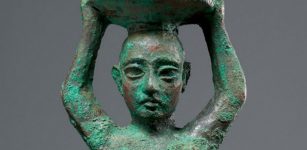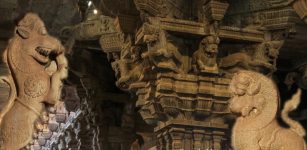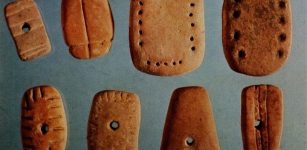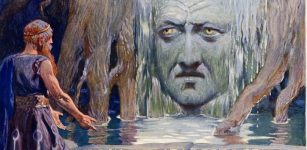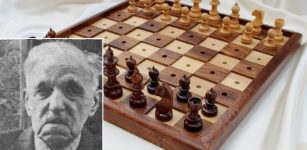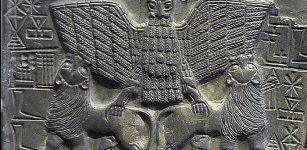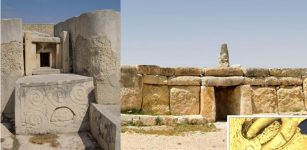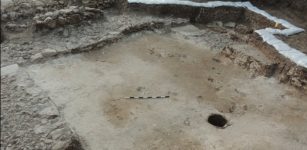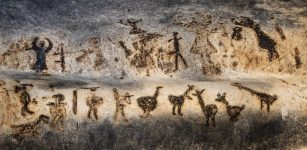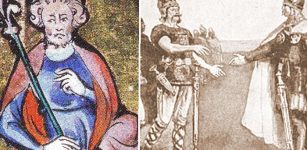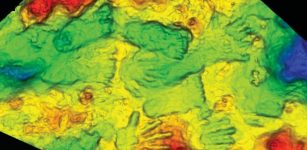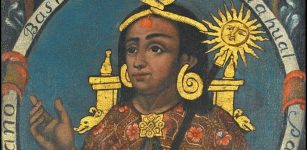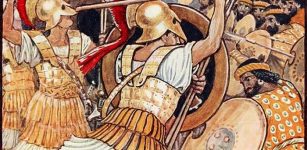1,850-Year-Old Rare Bronze Coin, Depicting Roman Moon Goddess Luna – Unearthed
Conny Waters - AncientPages.com - This beautiful find was recovered and identified by Israel Antiquities Authority numismatics expert Lior Sandberg during a maritime survey.
 Image credit: Israel Antiquities Authority
Image credit: Israel Antiquities Authority
This beautiful find was recovered and identified by Israel Antiquities Authority numismatics expert Lior Sandberg during a maritime survey.
This survey has an important goal to protect antiquities from accelerated coastal development. This is the first time such a coin has been discovered on the coast of Israel.
This unique and spectacular 1,850-year bronze coin, depicting the Roman moon goddess Luna and the zodiac sign of Cancer was discovered on the seabed near the Carmel coast.
In ancient Roman mythology, Luna is the deity representing the moon and she is best known for wearing a crescent as a crown and riding her chariot as she casts the darkness of the night. She is the female counterpart of her brother Sol, the personification of the sun.
The coin was minted in Alexandria, Egypt by the Emperor Antoninus Pius (138-161 CE), and it belonged to a series of thirteen coins. The twelve of them depict the different signs of the zodiac, and one, the complete zodiac wheel.
The coin bears the date 'Year Eight', the eighth year of Antoninus Pius' rule, 144/145 CE, and on the reverse it depicts the zodiac sign Cancer beneath the figure of the goddess Luna.
"In the last decade, the State of Israel has changed its perception of the sea. Rather than simply defining the country's border, the sea is now recognized as an integral part of our cultural heritage. In addition to security, strategic and economic concerns, Israel's territorial waters contain natural resources and cultural assets that must be explored and protected in the light of diverse development interests," according to Israel Antiquities Authority's General Director, Eli Eskosido.
 A coin depicting goddess Luna. Image credit: Israel Antiquities Authority
A coin depicting goddess Luna. Image credit: Israel Antiquities Authority
The maritime survey around Haifa is part of this process, and the rare coin recovered is a vivid reminder of its cultural importance."
Haifa has a long history. It is situated on the northern slopes of Mount Carmel, except for the area covering the port section on the bay; residential and business districts are on the slope.
Haifa is first mentioned in the Talmud (c. 1st-4th century CE). The early Christian theologian and biblical topographer, Eusebius, referred to the town as Sykaminos. The town was conquered in 1100 by the Crusaders, who called it Caiphas.
In later times, it was taken by Napoleon in 1799. Then, the Egyptian general and viceroy, Ibr?h?m Pasha, captured Haifa in 1839, however, he was forced to surrender it to Turkey in 1840 under the pressure of the fleets of the European powers, led by Britain. In 1918 British forces occupied the town, and it subsequently (1922) became part of mandated Palestine.
Haifa - an important, cosmopolitan city-port inhabited by Muslim and Christian Arabs,
is still of great importance for the region.
Written by Conny Waters - AncientPages.com Staff Writer


